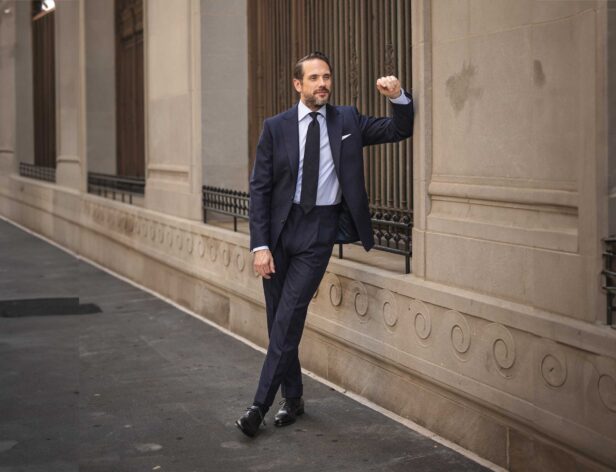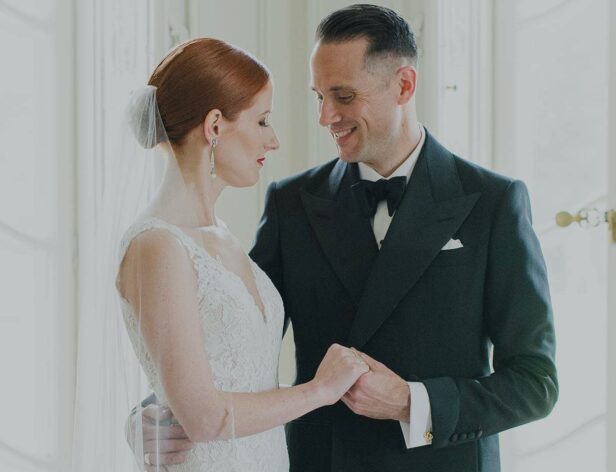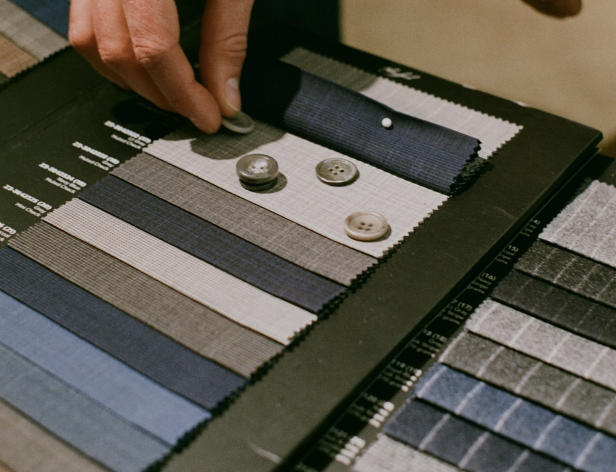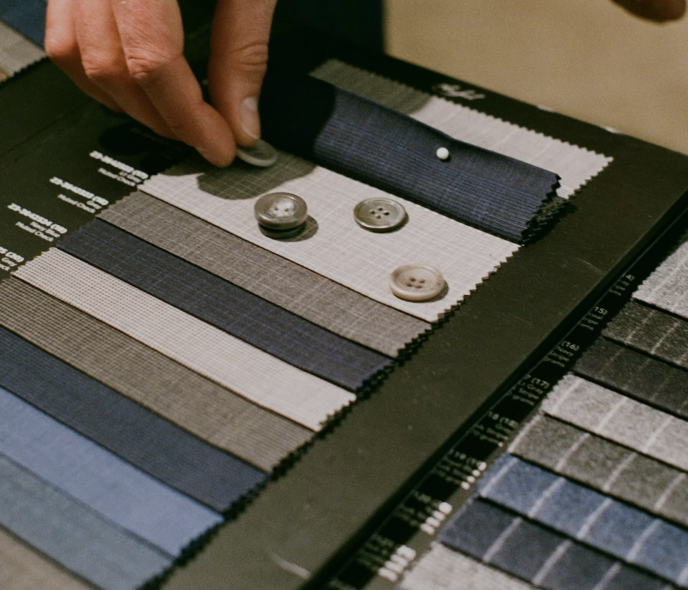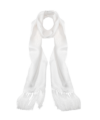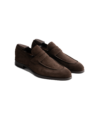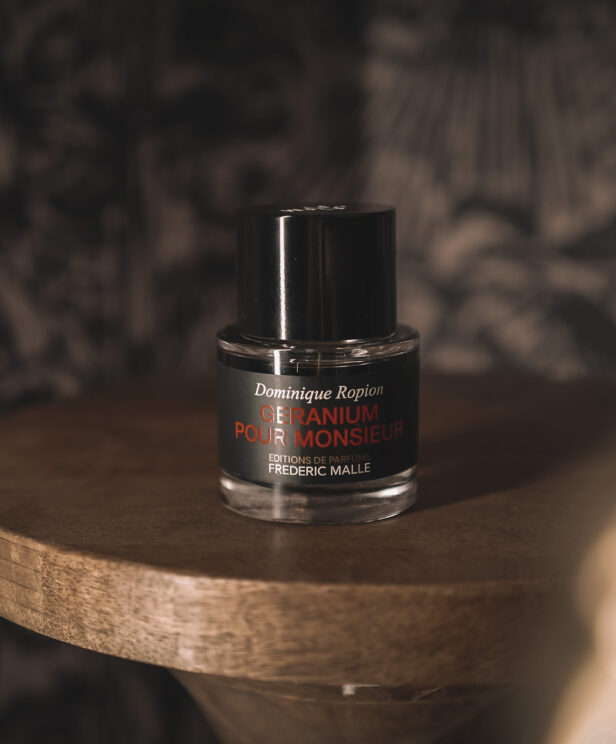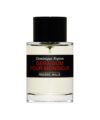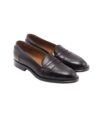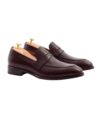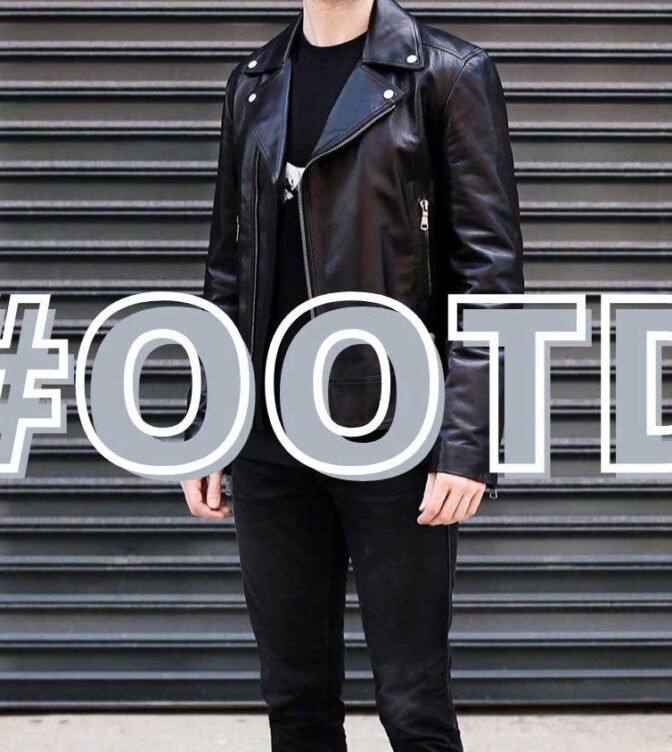
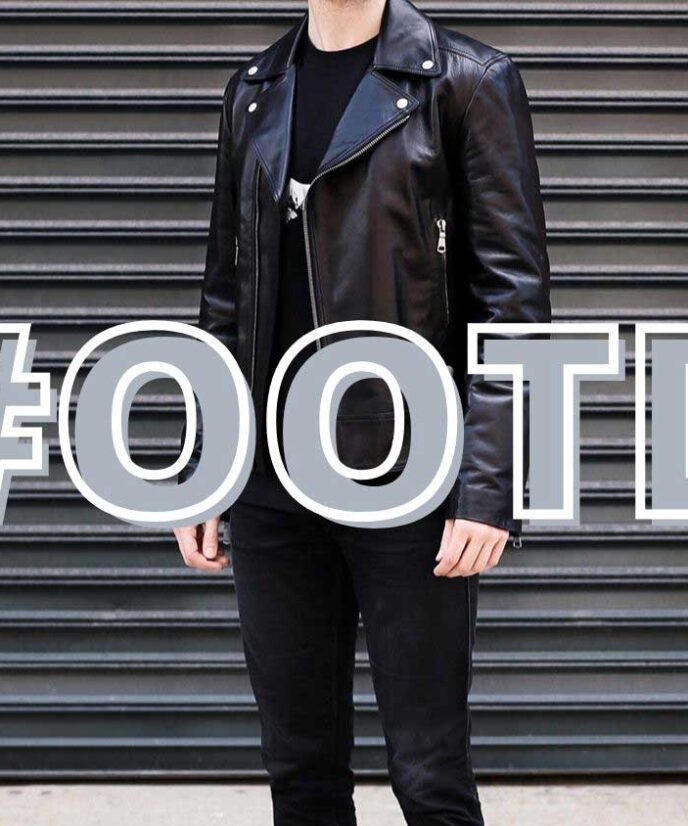
Share
How A Hashtag Became A Game-Changer
Back in the early days of social media, when the various platforms lived primarily on our computers rather than our phones, a hashtag trend emerged to categorize peoples’ everyday outfit photos. These photos weren’t of formal or particularly special outfits – they were the clothes we put on for the mundanity of our personal and professional lives. On any given day, and sometimes every day, users started posting their Outfit Of The Day (OOTD).
The phrase, Outfit Of The Day, was quickly abbreviated to OOTD and became a popular hashtag. The photos themselves? Well, they were, frankly, just simple snaps taken by yourself or a friend meant to show off what you chose to wear that day. It became an immediate and easy way to demonstrate your taste in fashion and to tell the world – hopefully – that you had style. As the trend grew and posts became more abundant, OOTD also became a hashtag that users could search to find inspiration for their own outfits, eventually becoming a fundamental part of the social media fashion community.
The most remarkable thing about OOTD is that it continues to live on and thrive today. In an era when social media trends and hashtags come and go faster than a jackrabbit on a date, OOTD has not only persisted, but it has spawned multiple different iterations of the concept, with some still emerging on social media platforms now. The journey that OOTD took to get here and establish itself coincided with the growth of social media as well as the fashion industry and style community’s attempts to comprehend and find their place in it. Let’s trace that evolution.
What Does OOTD Mean?
Back in 2016, when the term began to peak in popularity, we provided a complete breakdown of what OOTD meant and how it was used. He Spoke Style founder Brian Sacawa defined OOTD as, “a common abbreviation used in hashtag form, primarily on Instagram. It is a variant of WIWT (What I Wore Today) and is used in a fashion context for someone to indicate to others what they are wearing or have worn.”
The term and hashtag were originally applied to selfies and casual photos taken by friends. Sometimes the wearer of said outfit struck an exaggerated pose and sometimes they acted naturally. The shots themselves either emulated fashion editorial or ironically satirized fashion marketing. Either way, the outfit was always the center of attention.
Since then, the term has evolved to encompass any outfit, regardless of who is wearing it. OOTD no longer has to mean a particular outfit that you are wearing on that day. It can be any outfit that you are inspired by right now. Anyone can be wearing it and it can be from any point in time. The wearer and day no longer matter, only the outfit.
Who Started OOTD?
When we start talking about the origins of the term and hashtag we begin wading into some murky waters. As with most conventionally-used hashtags and internet jargon, OOTD became so ubiquitous so fast that its location of first use and the identity of who first used it cannot be pinpointed exactly. The term became commonplace in 2010 with the second wave of social media platforms like Instagram, Twitter, Tumblr, and Youtube. Style-focused accounts exploded with this generation of social media platforms and OOTD proliferated among them and their users.
OOTD posts grew organically at first, as friends learned the term from other friends. Yet, even in those earlier days of social media, trends snowballed quickly and before long, it became a trending hashtag on all major social platforms. What started out as a concise phrase to share your style with friends became a contest for influence among style-focused social media users. Still, there remained plenty of users genuinely posting their OOTD in its original spirit of unfettered inspiration.
Unlike the OOTD hashtag trend, the origins of the official OOTD holiday are clear. Reality TV star Stassi Schroeder took the necessary steps to establish National #OOTD Day as an officially recognized holiday in 2018. This wasn’t just a frivolous publicity stunt as Schroeder had genuinely positive intentions. Now, every June 30th is dedicated to expressing self confidence by loving the way you look. So next June 30th, go ahead and practice some self love with a selfie!
There is some irony to Schroeder’s rebranding of OOTD but what better way to address the root causes of social media’s negative self perception problems than by putting a positive spin on stylized selfies. Getting caught up in OOTD posts can cause an entire range of negative psychological issues when viewed as a standard to achieve. Framing the concept as a medium for expressing confidence and joy by showing off is the kind of rebranding we think social media needs.
How The OOTD Hashtag Has Evolved
Not long after the second wave of social media took off in the 2010s, influencer culture evolved as a means for popular users to capitalize on their large audiences. OOTD posts became a preferred method for influencers to display products they were promoting, becoming a marketing tool for brands. At the same time, social media users started referring to OOTD hashtag searches for style inspiration. As “likes” became the currency of social media, OOTD posts became just another tool to earn.
Facebook, YouTube, Pinterest, and Tumblr were the social platforms on which OOTD first gained traction as the major visual social networks at the time. Facebook, Pinterest, and Tumblr may have had different styles, but they all focused on the same basic action – sharing pictures. And YouTube was by far the easiest platform for sharing videos. So it makes complete sense that the most successful fashion hashtag ever took off on the key visual networks of the time.
As a bit of an aside, it’s worth mentioning that the rise of OOTD helped stoke the rise of (and demand for) Fast Fashion. Fast Fashion retailers benefited from the increased demand for new clothes. As a steady supply of fashionable new clothes became more financially accessible, OOTD posts increased. Fast Fashion companies complicated the relationship as they began engaging in marketing campaigns centered around OOTD, further promoting the practice among their customers.
In a 2018 article published by The Guardian, stylist and activist Caryn Franklin warned of the negative effect the OOTD trend was having on all levels of fashion. The article cited a survey done in the UK that found approximately 10% of UK residents at the time had purchased new clothing only to post an OOTD photo before promptly returning the clothes. The fashion industry outside of Fast Fashion took a substantial hit from this practice at the time. Franklin also warned that buying clothes simply to show off on social media was bad for fashion’s soul, degrading the relationship we have with our clothes and denying us the experience of bonding with them.
By the late 2010s, fashion brands and editorials started using the term in the third person. Meaning that they would post pictures, either recent or from any point in the past, of models and celebrities in great outfits. A term originally indicating one’s own outfit evolved into a broader designation of any outfit that looked good and provided style inspiration.
It’s rare that a social media hashtag becomes a convenient shorthand, but that’s exactly what happened here. Hashtag OOTD became so ubiquitous by the late 2010s that the acronym, “O O T D” instead of “outfit of the day,” was used in everyday conversation among fashion enthusiasts.
OOTD on Instagram
OOTD, as both a concept and a hashtag, existed for some time on various social media platforms before Instagram really took off in 2012. After 2012, Instagram was the primary home for OOTD. Just as with Facebook and Twitter before it, Instagram originally used hashtags as a way for users to categorize their content. The most visual social media platform ever constructed (at the time) turned out to be the ideal habitat for an outfit sharing hashtag to flourish.
Fashion social media found its home on Instagram and everyone from casual users to multi-million follower influencers were sharing their OOTDs. The Kardashians were doing it, He Spoke Style was doing it, and chances are you were doing it too. Brands and editorials got into the game as well, even heritage publications like GQ and Esquire started posting them. OOTD became the definitive fashion hashtag of the 2010’s.
At the time of writing this article, there were 404 million #OOTD posts on Instagram. A scroll through the top trending posts reveals a wide range of outfit photos. There are a lot of selfies, posed street photography, candid street photography, phone-blocking-the-face mirror shots, editorial style poses, runway style poses, pictures of children taken by their parents, and even pictures of dogs in clothes.
“Fit” has become the new shorthand for Outfit in recent years among fashion enthusiasts and editorials on social media. The term OOTD has been replaced with Big Fit, Fit Check or just Fit. The idea is the same, though, and it’s really just a further abbreviation of the term. It is a common occurrence in the English language where the colloquial usage of a phrase will get shorter over time if it is used frequently enough. We all just get tired of saying the same thing over and over. The evolution of Fit is a testament to the staying power of the OOTD concept.
OOTD on TikTok
TikTok is the new frontier of fashion social media. Users have taken to the platform to share, discuss, and find fashion for years but brands and editorial have yet to really figure it out. Quick snippets of video and micro-stories are a more challenging medium for fashion than photos. Yet everyday users, and increasingly influencers, are having no trouble at all getting traction by simply sharing their outfits.
TikTokers are using jump cuts to show step by step progressions of their outfits, sometimes with the “throwing it on” technique. Others are doing runway style walks and poses. They can opt to show their fit dubbed with music or they can explain their choices to their viewers. The benefit of audio has opened up a new world of discussing style on social media. While Instagram has had audio/video for a long time, its interface is not as seamless as TikTok.
The newest evolution of OOTD on TikTok is GRWM, or Get Ready with Me. The idea is the same but, being a video format, it is focused on putting together an outfit and often explaining the reasoning behind it. This is very much a user-driven hashtag, growing organically as OOTD did a decade ago.
Conclusion
OOTD was one of the earliest hashtags used to share fashion ideas and inspiration on social media. It has stuck around and evolved over the past decade, enduring in various forms of Fit and other acronyms like GRWM. Regardless of how you phrase it, the spirit of sharing fashion has remained the same – users posting photos to inspire and seek approval from their communities.
Corporate interests tried to co-opt the term and many users got carried away at the peak of the trend. OOTD may have contributed in some part to the rise of Fast Fashion and had detrimental effects on the fashion industry. However, the net effect was absolutely positive. It is easy to label the trend as just another “look at me” moment on social media but for genuine users it was never about them, it was about the fit and the love of community.
The literal meaning of the words Outfit of the Day have been replaced with the spirit of inspiration adopted by the term OOTD. It has broadened the usage of the acronym to transcend identity and time. Any outfit worn by anyone ever can be an OOTD. The idea behind sharing outfits is, and always has been, inspiration to help others find their own personal style. OOTD, in all its forms and hashtags, represents the fundamental exchange of style on social media.
